
Unmanned Aerial Systems have unique requirements. A wide range of Ethernet switches are needed to support these next-generation military and commercial mobile platforms. Given the shock and vibration often found in UAS platforms, MIL-STD switches are proving to be the only switches withstanding rigorous performance testing for these unmanned systems.
Unmanaged switches connect devices at the most basic level. They are pre-configured at the factory and allow multiple devices to pass data packets back and forth to each other without programming. They are perfect for “plug and play” type applications or where simplicity is paramount. (i.e.: digital soldier systems).
Managed switches, on the other hand, are the solution for scenarios that involve more devices, or require redundancy, monitoring, and control over the network. Managed switches are remotely programmable via Web or programmatic interfaces to allow pre and dynamic configuration. These switches provide key features to support today’s UAV applications; primarily among these are quality of service (QoS), VLANs, spanning tree, and redundancy.
Each application that uses an Ethernet network has inherent requirements for its proper operation. Digitized audio (voice over IP – VoIP) connections require very little bandwidth but are sensitive to delay. Video connections can use significant bandwidth. Tactical and targeting displays use varying amounts of bandwidth, but must also remain close to “real-time” to be useful. Each application requests that the network provide it with a certain quality of service (QoS) by setting values in the network packet headers. Managed switches then implement constraints that prioritized traffic with higher QoS settings.
Techaya's rugged IP-based communication solutions for unmanned applications are hardened, military-grade devices comply with major MIL-STDs, including:
• MIL-STD-461E - Electromagnetic Interference (EMI).
• MIL-STD-810F/GM - Environmental Conditions (temperature, rain, sand, salt, dust, etc.).
• MIL-STD-1275 and MIL-STD-704 – Ground and airborne power protection against transient, surge, spike, ripple, and other power disturbances.
• IP67/IP68 - Solid particle and water protection.
See our UAV Solutions: Miltech 918, MILTECH 919, MILTECH 20G3UVPX.

360-degree camera monitor systems have become an integral part of military combat vehicles to increase situational awareness. The data received from the cameras, radars and sensors is processed in real time to provide a comprehensive 360-degree bird’s-eye view, eliminating blind spots, of the area surrounding the vehicle via in-cab monitor display. These systems require communication solutions with special features.
360-systems communication requirements:
1. Fast transmission of 1G to 10G on copper or fiber optic bases.
2. Advanced QOS data management capabilities support, prioritizing real time video information processing over other data.
3. Video distribution – Better bandwidth utilization and fast hardware-based processing are a vital requirement.
Therefore, the communication solution needs to support L2 and L3 protocols such as: PIM-MULTICAST ROUTING and IGMP SNOOPING.
4. To reduce the amount of the cables in the vehicle it is recommended to use communication solutions which support PoE, supplying power from the switch for the cameras over the same cables.
Rugged solutions:
MILTECH 610PoE, MILTECH 9012C, MILTECH 9028.
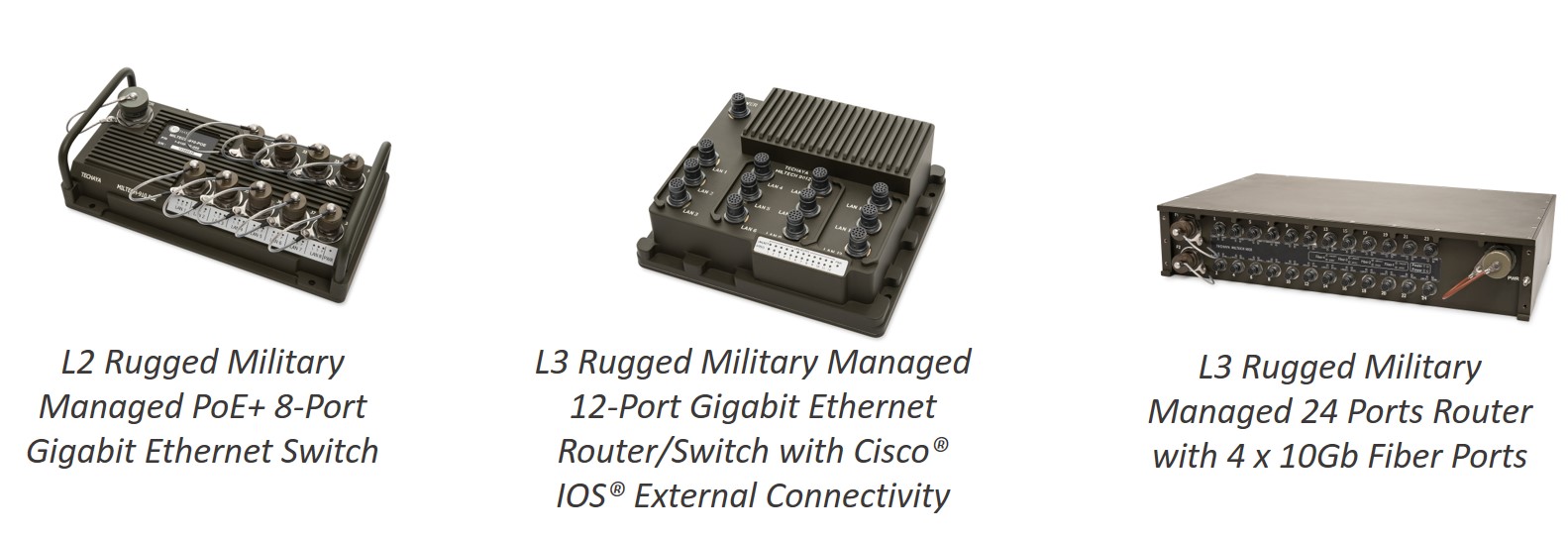
Board-level solutions:
MILTECH 9136, MILTECH 919, MILTECH 9124.

Techaya is involved in major projects with leading worldwide companies in the military and defense market. Our rugged communication solutions are integrated into several European armys manned and unmanned vehicles. These solutions can also be adapted to aerial applications combined with OBC-Optical Bar Camera.

Today’s military personnel face new challenges due to the ever-changing battlefield. New military systems depend on fiber optic networks to deliver real-time data. Optical communication systems as a cost-effective network provide essential communications solution, including:
There are numerous data-intensive applications where the advantages of fiber optic pay dividends, including radar installations, EO sensor suites, persistent wide area surveillance, signals intelligence, and more.
The growing need to deliver high volumes of data from multiple devices over significant distances in battlefield is driving the necessity for high-density fiber optic solutions. As more military systems depend on fiber optic networks to deliver great amount of sensitive information over significant distances, a multiple fiber channeled yet small form factor communication solution is vital.
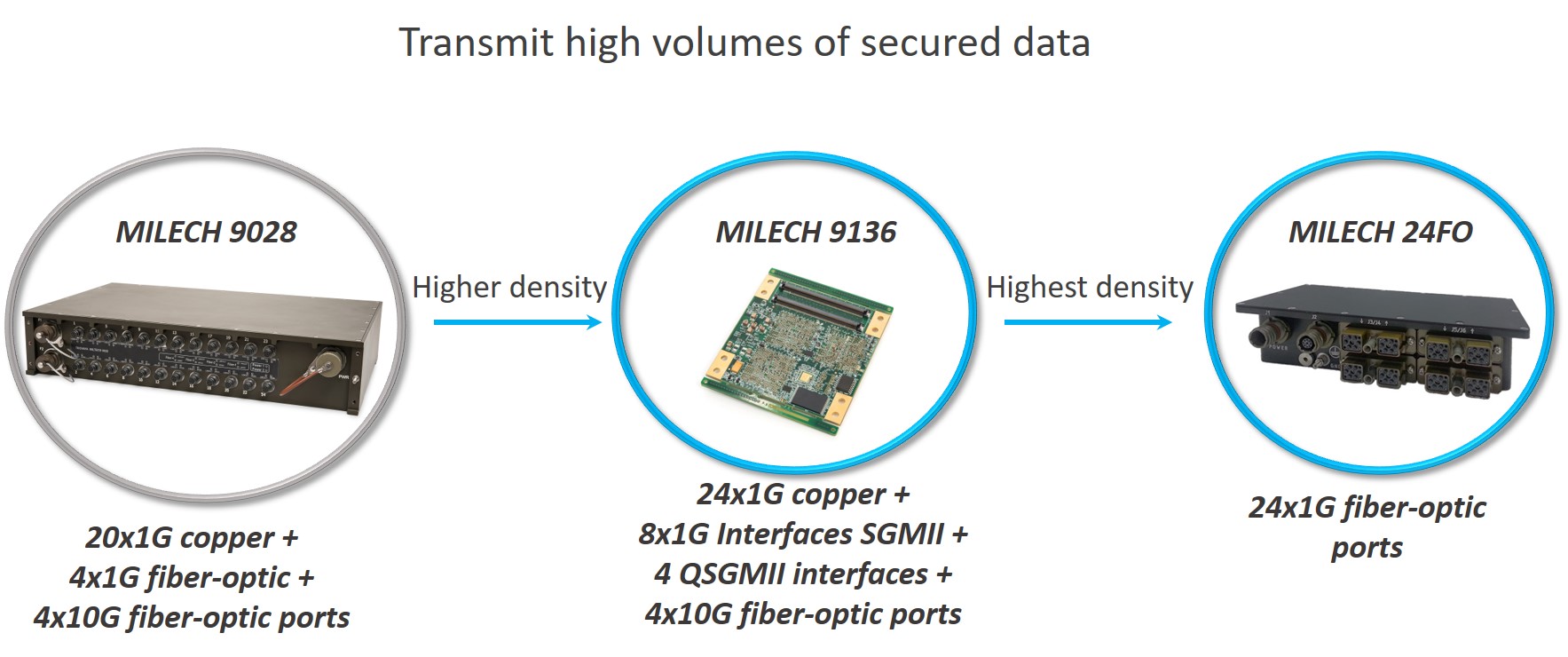
Techaya expands its product offering to high density fiber optic solutions. Thus enabling not only immunity to EMI and RFI in the transmission process but also the ability to transport high volumes of enhanced secured data along with the ability to manage transmissions, all in a light-weight package and embedded board to board module. Discover Techaya fiber products and more.

The COVID-19 is affecting worldwide economies and is characterized with sharp drops of in consumption, closure of certain industries, shrinking of available government sources and uncertainty in economic forecasts. But is it affecting the Aerospace & Defense markets and how?
The Aerospace & Defense markets include the following segments:
- Aviation
- Aerospace
- Space
- Defence
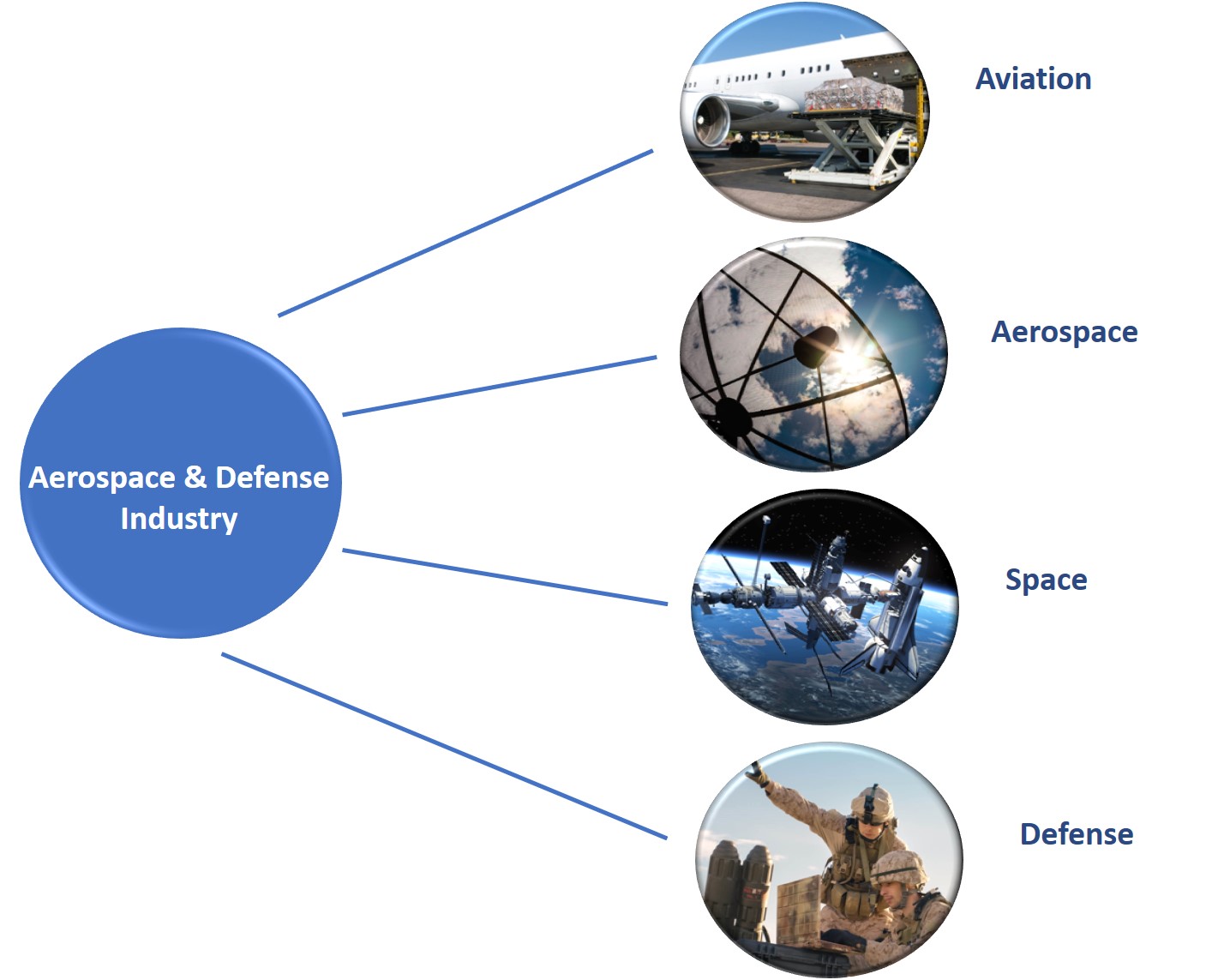
Company markets in these segments are mixed, Military & Civil sectors. The ratio between the military & civil sectors affects their stability in the present crisis. The civil portion which is mainly dedicated to passenger planes & space projects has been affected quite severely and will most probably recover in later stages. The military portion, on the other, is almost intact. In general companies focused more on the military segments will be less affected by the COVID-19 crisis and more likely to keep their stability in the market.
Another aspect which affects the Aerospace & Defense markets is the sensitivity to international trade. Many are wondering how international trade will be affected by the COVID-19 crisis.
The COIVD-19 crisis is causing many countries, mainly western countries, to economic seclusion, different from the global approach which flourished in the last decade. Governments are preparing to maintain their industrial-defense infrastructure; thus, company managements will be committed more to their governments then to global aspects.
Many markets (Defense, space, Hi-tech, vehicle, leisure, telecom, etc.) are extremely sensitive to the flow of global trade. The transition to localization, mainly in manufacturing of metal & plastic components and integration services for these markets, will influence them. As the levels of local patriotism increases, so does the demand for local manufacturing and specific industrial services. This will, no doubt, strengthen local economies but might lead to future challenges in global trade with which the Aerospace & Defense markets will have to deal.
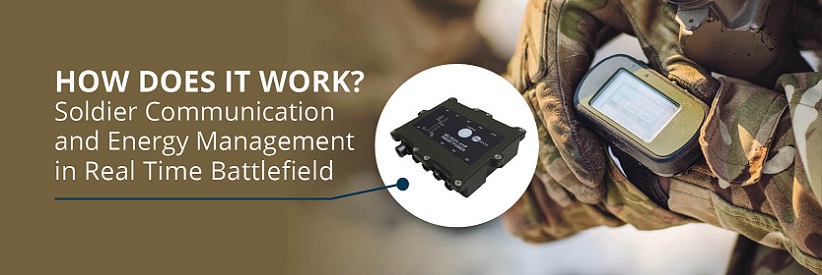
The market for military wearables is growing fast over the last few years, leading the industry to answer requirements such as high-speed data and information transfer in real-time.
Soldier communication systems are in a growing demand due to their central role in synchronizing and transferring data between multiple wearable products as well as the ability to eliminate the need for carrying different types of batteries.
An integrated soldier power & data system enables connectivity and real time control over data transmission and power management of multiple wearable devices simultaneously.
Techaya is unveilling a range of rugged superior lightweight Integrated soldier power and data systems (ISPDS) for the "Next-Gen" soldier in the tactical battlefield:
MILTECH 404 - Integrated Soldier Power and Data Management System with integrated SOM, open for customer application.
MILTECH 410 - Integrated Soldier Power and Data Management System with USB3.0 and 1G LAN capabilities.
MILETCH 303 - USB3.1 Smart HUB.
MILTECH 402 – PoE Ethernet Switch with Power Distribution (PDU).
All units are compact size and low power consumption specifically suited for soldier carry applications.
An ISPDS system includes a military rugged switch with charging capabilities and is connected to 2 batteries. The system interface allows the soldier to enter the devices' parameters, get indications about battery status and energy used by the devices at any given time, therefore, decide whether to continue to activate a specific device or not, according to the needs and priorities. The ability to charge the system with external sources, such as combat vehicles, gives the soldier ability to charge his devices in the field according to operational needs in order to complete the mission.
Screenshot 1 presents the control panel showing parameters of the devices connected to the system and the control over activating them or shutting them down.
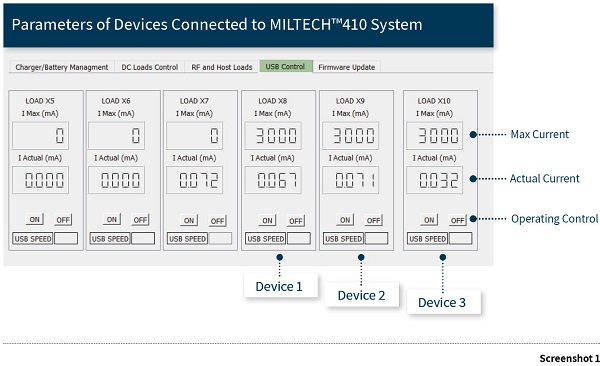
Screenshot 2 presents the control panel showing energy management in real time, including Battery Status, Energy Use and Charging Status.
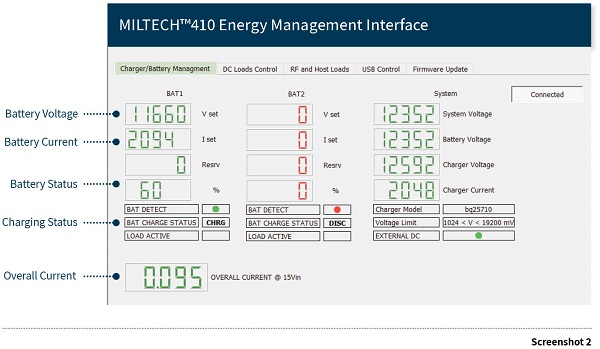
The MILTECH 410 from Techaya is an example for these kind of systems, offering a new and unique concept that aggregates and delivers live information along with all required communication. The MILTECH 410 is manufactured in a small rugged lightweight package (115mm x 91mm), which connects all devices to the same power source and can be carried in a smart combat vest.
Techaya offers a wide range of lightweight adaptable systems that are ideally suited for frontline forces in the most complex modern battlefield scenarios.

Today's advanced military systems include multiple intelligent electronic devices that require millisecond precision levels, some even nanosecond precision. Accuracy and synchronization have become vital requirements, while precision timing increases effectivity, improves monitoring and troubleshooting capabilities.
IEEE 1588, also known as PTPv2 is a protocol used to synchronize clocks throughout a computer network. It is a future-proof solution for data and power utilities because it meets timing accuracy and synchronization requirements of most power systems applications. Synchronization Ethernet (SyncE) achieves 1ms accuracy by using LAN Ethernet advantages.
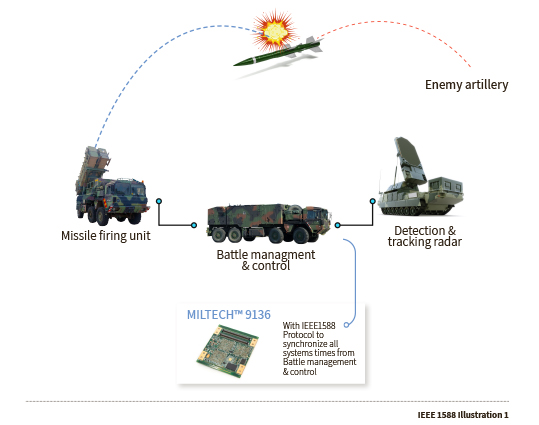

IEEE 1588 protocol defines three kinds of clocks:
a. Ordinary Clock (OC) - A device with a single network connection, either the source of (master) or destination for (slave) a synchronization reference.
b. Boundary Clock (BC) - Has multiple network connections and can accurately synchronize one network segment to another. A synchronization master is selected for each of the network segments in the system. The root timing reference is called the grandmaster.
c. Transparent Clock (TC) - A multi-port device that forwards precision time protocol messages, measuring the time taken for event messages to pass through the device, and accounts for this residence time by modifying the message, or by sending a separate follow-up message.
Techaya offers a range of IEEE 1588 military communication solutions:
Boundary Clock (BC) solutions:
MILTECH 948 - Rugged Gigabit managed switch 10 ports with 2 fiber channels.
MILTECH 9136 - Embedded board-level Gigabit managed switch up to 52 ports.
Transparent Clock (TC) solutions:
MILTECH 904 - Rugged Gigabit managed switch 4 ports.
MILTECH 918 - Rugged Gigabit managed switch 8 ports.
MILTECH 908 - Rugged Gigabit 8 ports managed switch with MIL-D-38999 connectors.
MILTECH 912 - Rugged Gigabit 12 ports managed switch with MIL-D-38999 connectors.
MILTECH 910PoE - Rugged Gigabit PoE+ managed switch 8 ports.
MILTECH 914 - Embedded board-level Gigabit managed switch 14 ports.
MILTECH 919 - Embedded board-level Gigabit managed switch 8 ports with 1 fiber-optic port.
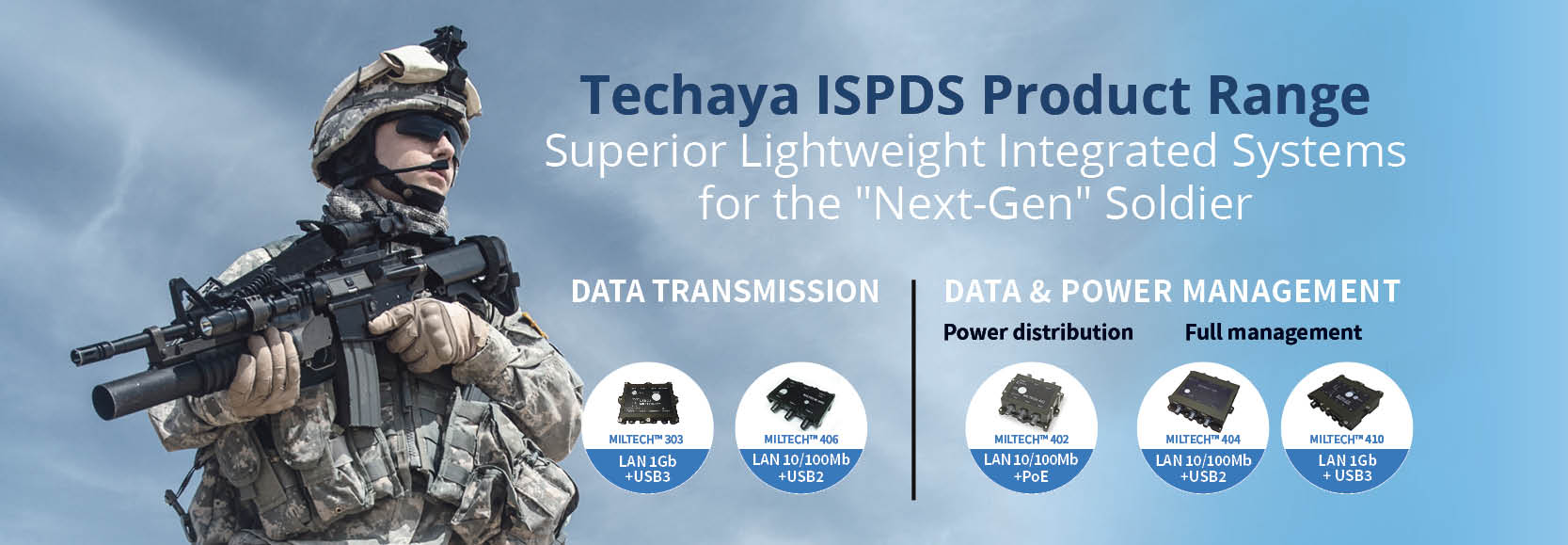
Integrated Soldier Power and Data Systems (ISPDS) play an important role in the modern tactical battlefield. The modern warfare in the twenty-first century is becoming a ground for extensive digital data exchange due to the military's requirements for high-speed data and information transfer between soldiers in the field and command centers in real-time.
The modern soldier has become a source of battlefield intelligence, fully equipped with advanced weapons and communication systems. This demand makes soldiers carry more weight when dismounted. The extra weight and the amount of equipment increases the need for miniaturization and smart integrated energy management solutions in order to engage easily and effectively in the battlefield.
Techaya is unveilling a range of rugged superior lightweight Integrated soldier power and data systems (ISPDS) for the "Next-Gen" soldier in the tactical battlefield:
MILETCH 406 - Portable Communication Grid.
MILETCH 303 - USB3.1 Smart HUB.
MILTECH 402 – PoE Ethernet Switch with Power Distribution (PDU).
MILTECH 404 - Integrated Soldier Power and Data Management System with integrated SOM, open for customer application.
MILTECH 410 - Integrated Soldier Power and Data Management System with USB3.0 and 1G LAN capabilities.
All units are compact size and low power consumption specifically suited for soldier carry applications.
Techaya solutions are developed to suit frontline forces in the most complex modern battlefield scenarios, meeting military standards such as: MIL-STD-461, MIL-STD-810, MIL-STD-1275, IP68.
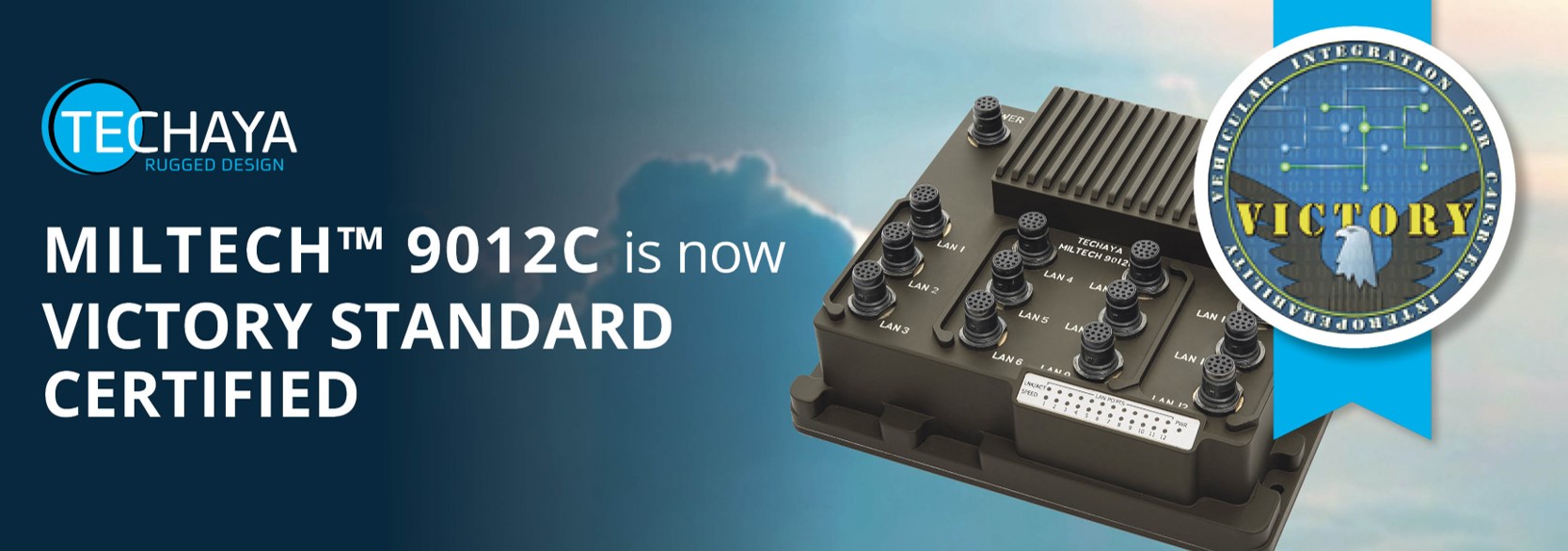
Today’s combat vehicles are typically deployed with multiple independent systems that have limited ability to share their functionalities or data. Budgetary pressures to reduce cost, requirements for specific networked technologies, governmental mandates for advanced GPS technologies, and the underlying (SWaP) constraints of today’s tactical vehicle platforms increas the need for standardization in modern vehicle electronics architectures.
Modern efforts like the U.S. Army’s VICTORY (Vehicle Integration for C4ISR/EW Interoperability) initiative and the European Generic Vehicle Architecture (GVA) are paving the way for global standardization in this area.
These standards are developed to provide an open architecture, allow platform systems to share information, simplify system upgrades and modifications & reduce complexity and costs.
A part of VICTORY compliance is an open In-Vehicle Network based on Ethernet that will connect all C4ISR/EW networked components. Techaya, as an innovator of compact military-grade Ethernet solutions and a member of the NATO GVA standard team, endeavors to make sure that the MILTECH products meet the rigorous testing and quality necessary to earn VICTORY and NGVA specification compliance.
We are proud to announce that the MILTECH 9012C was recently awarded VICTORY standard certification by U.S. Army Combat Capabilities Development Command (CCDC) Ground Vehicle Systems Center.